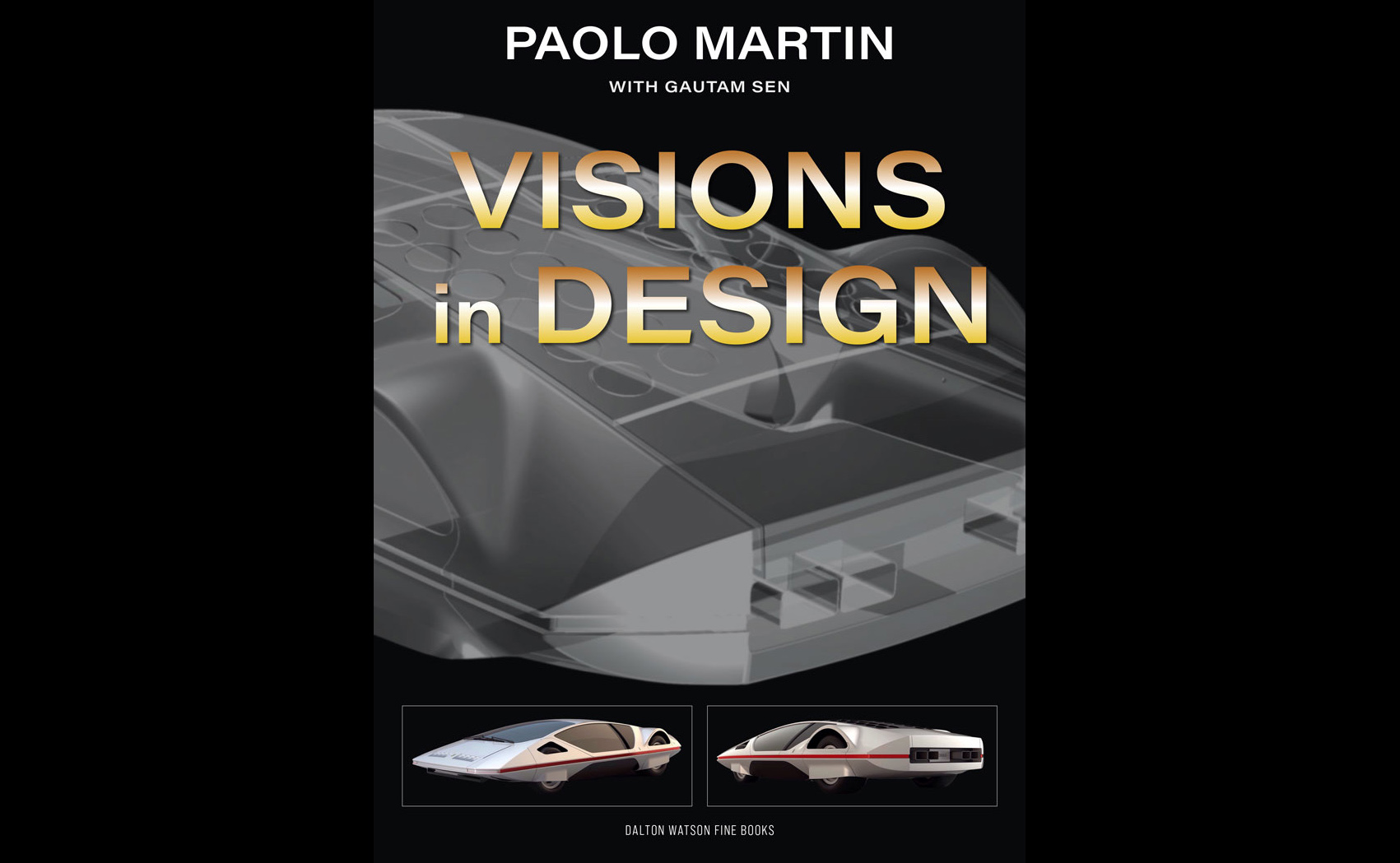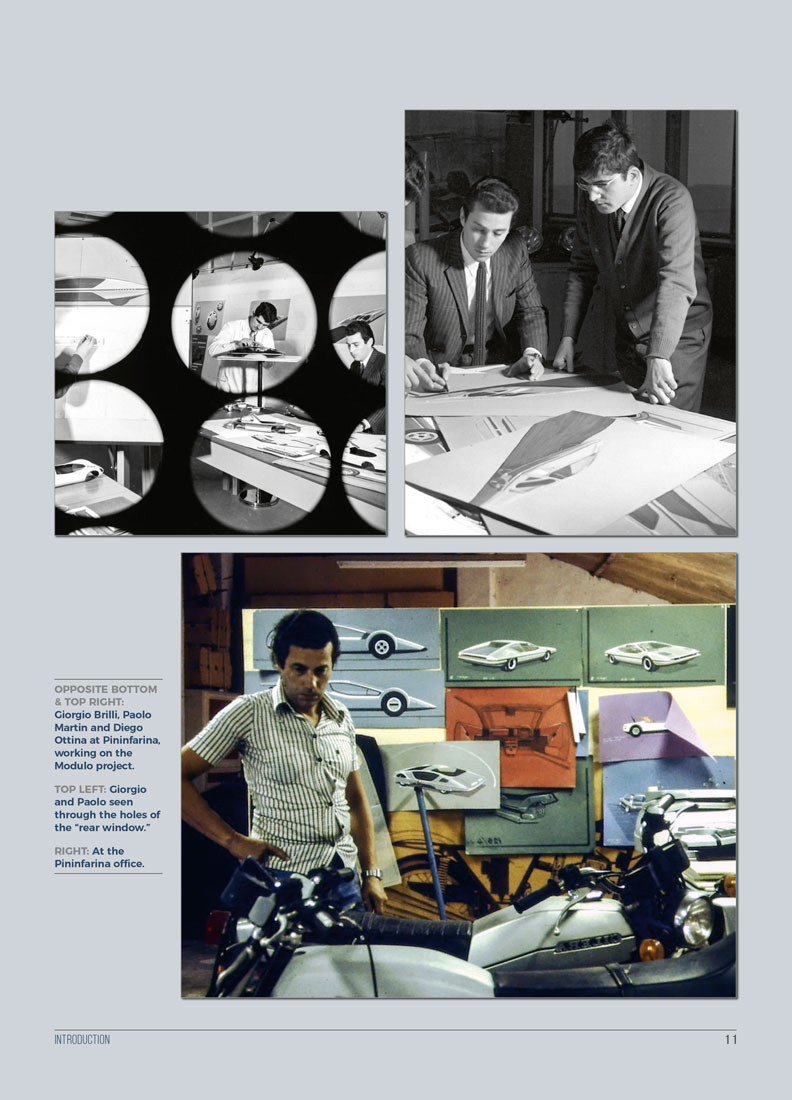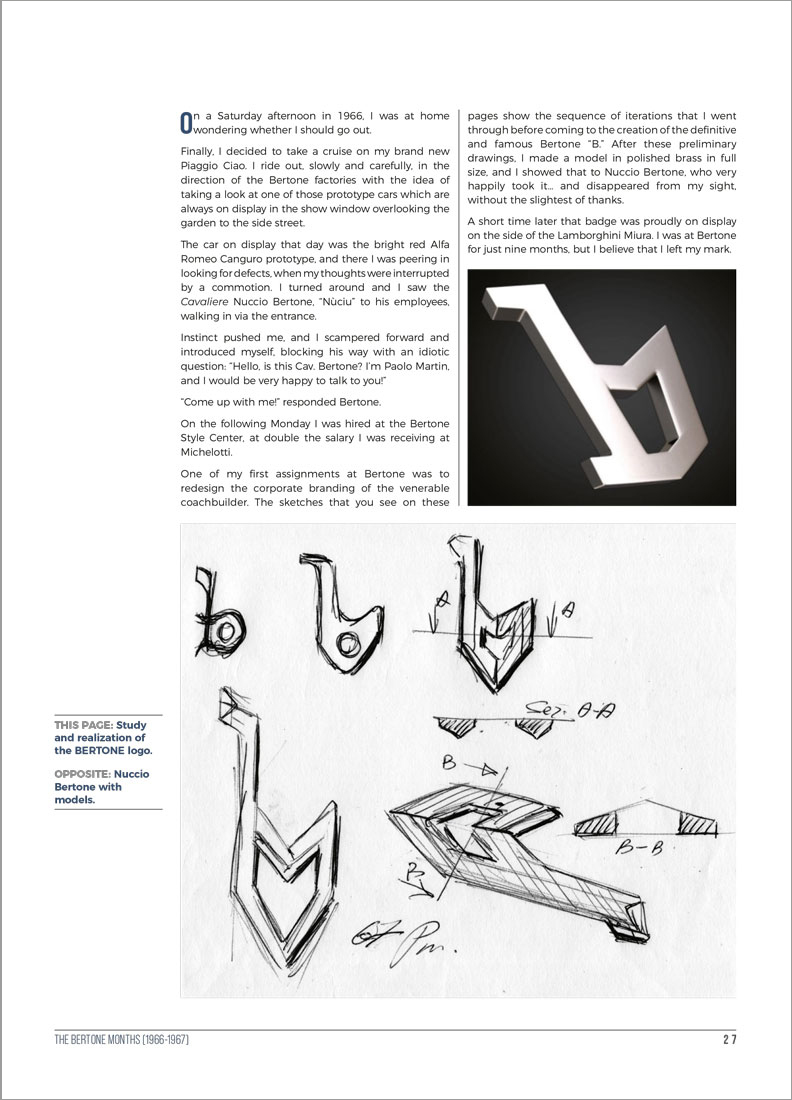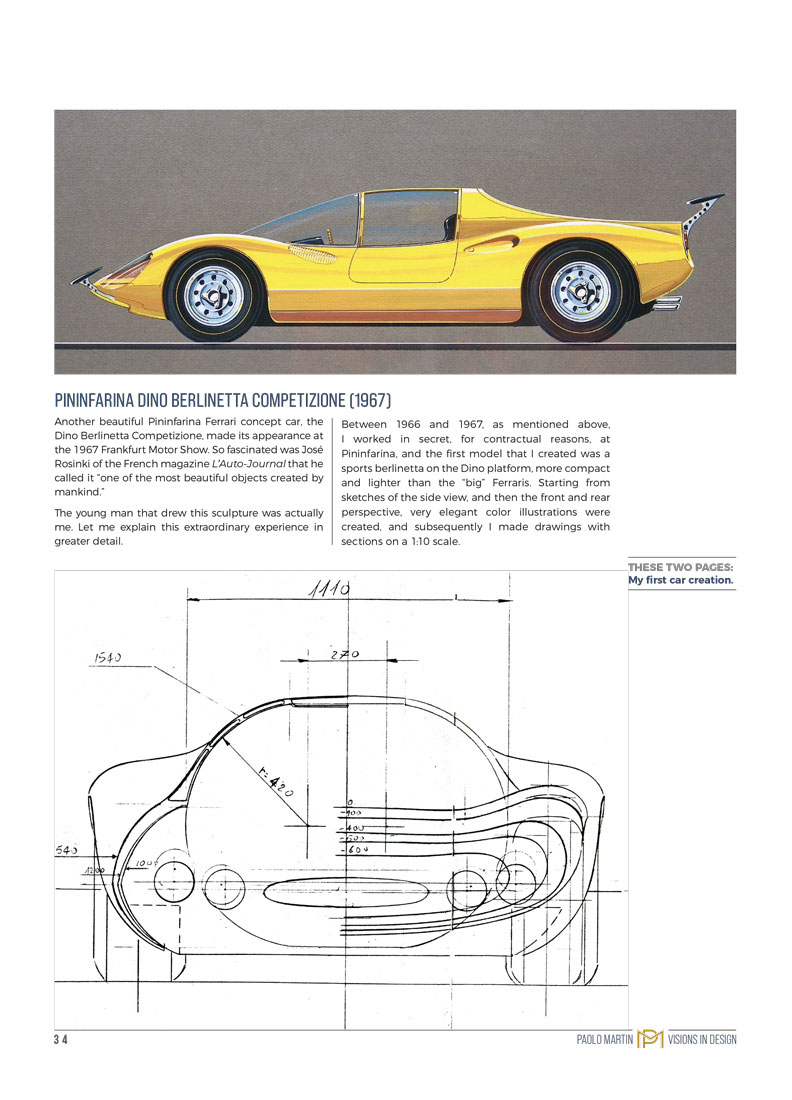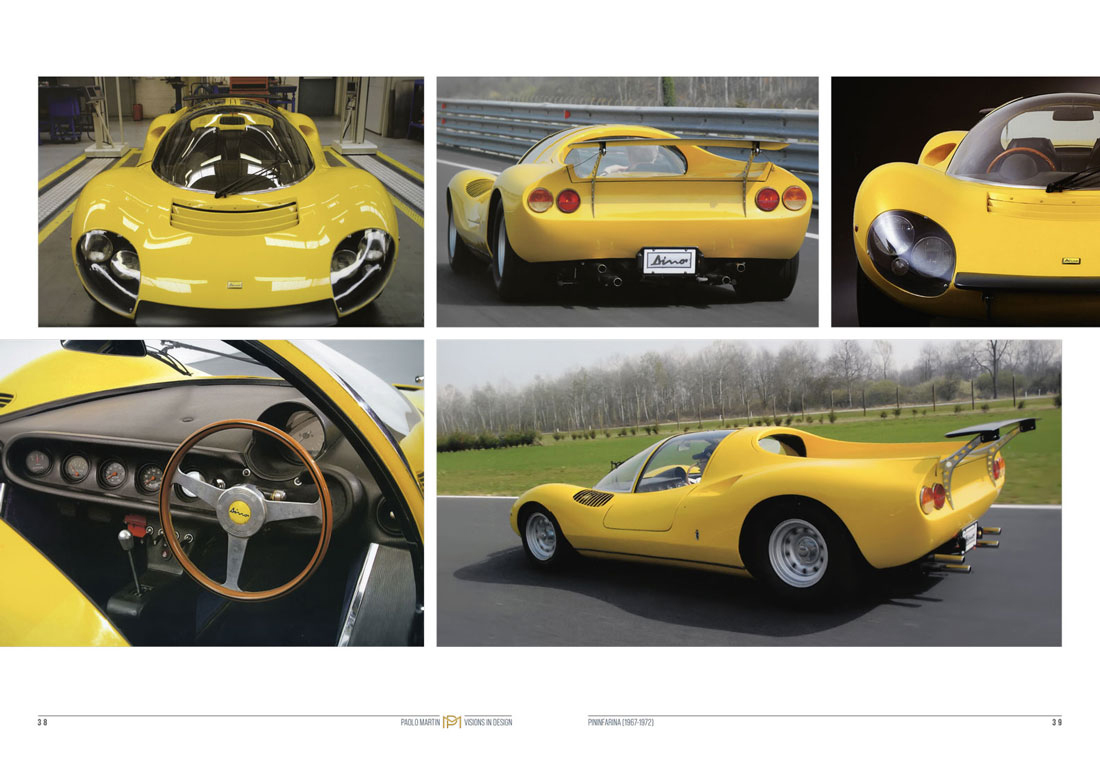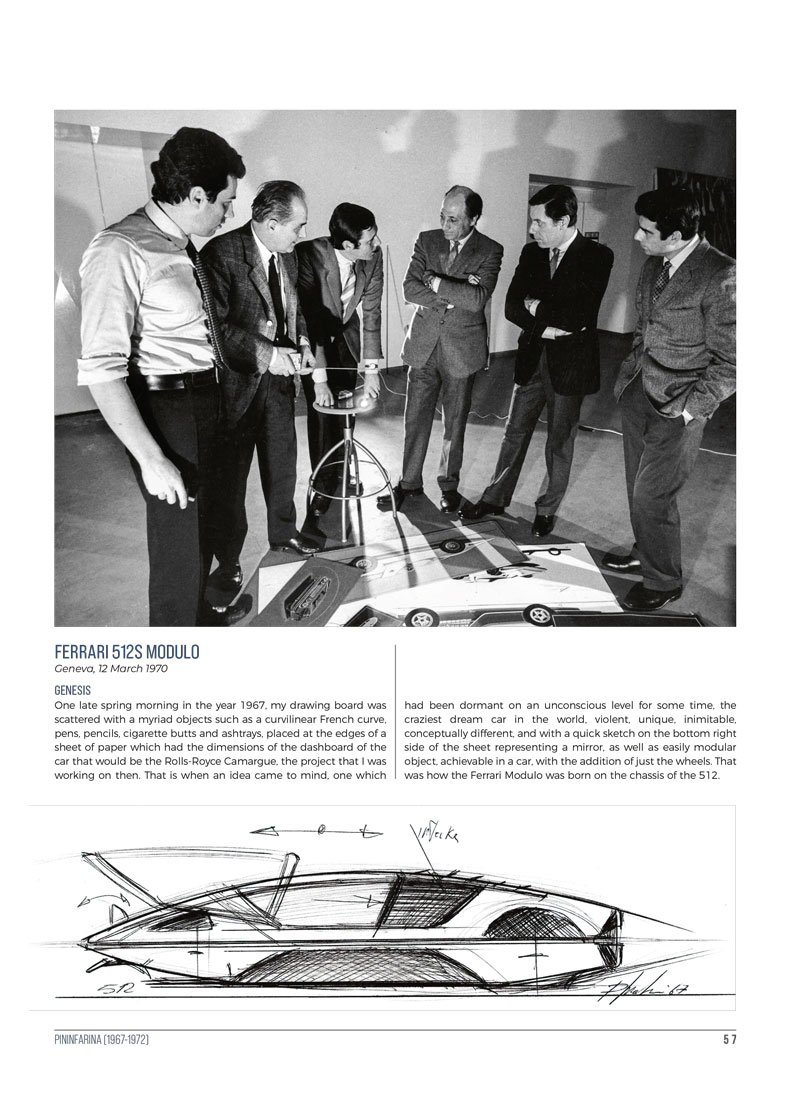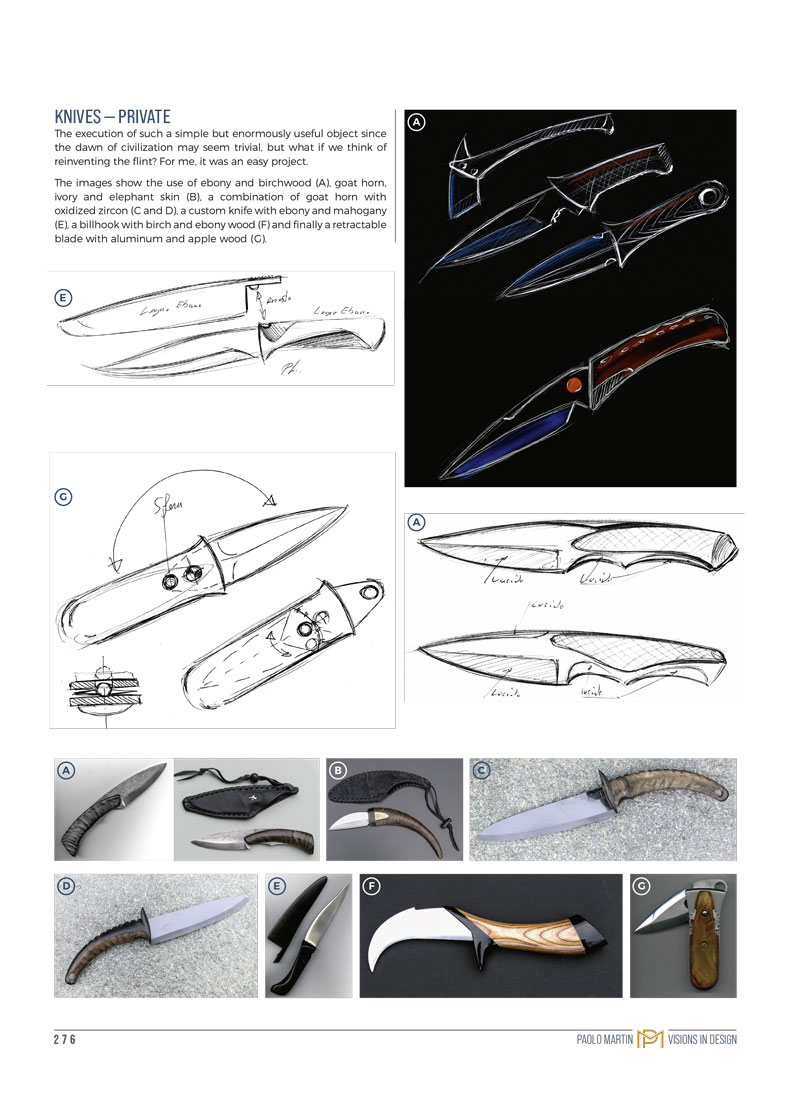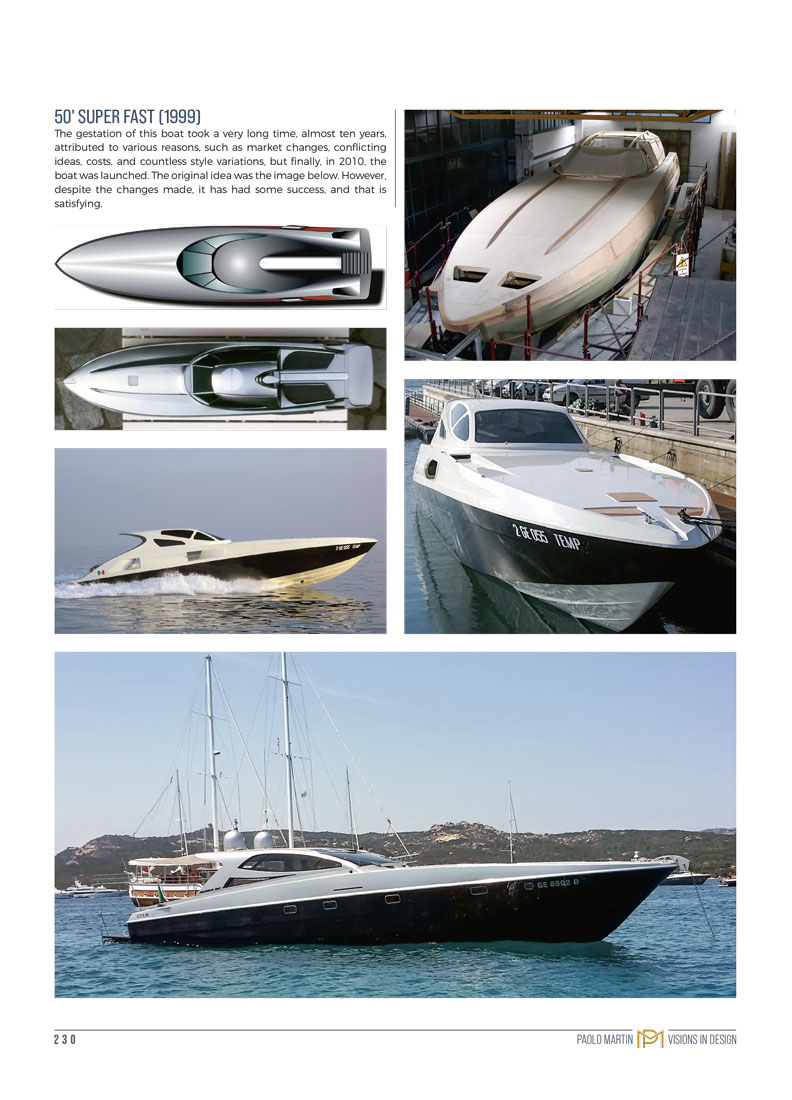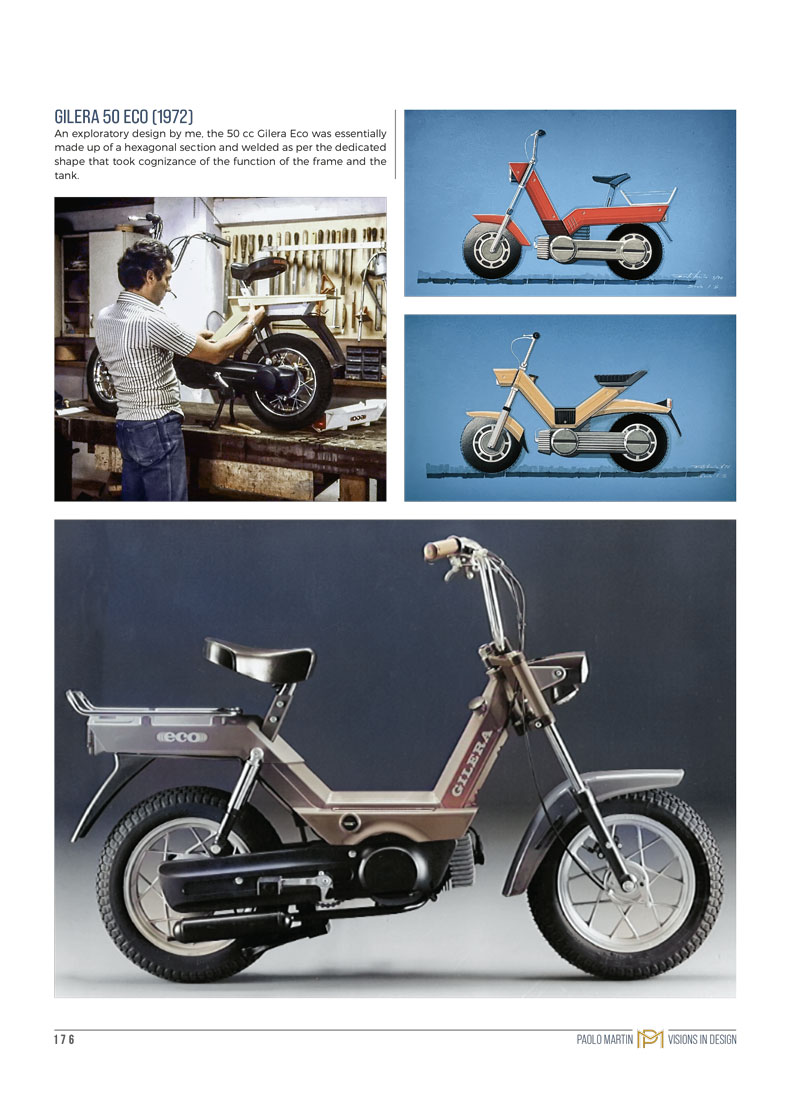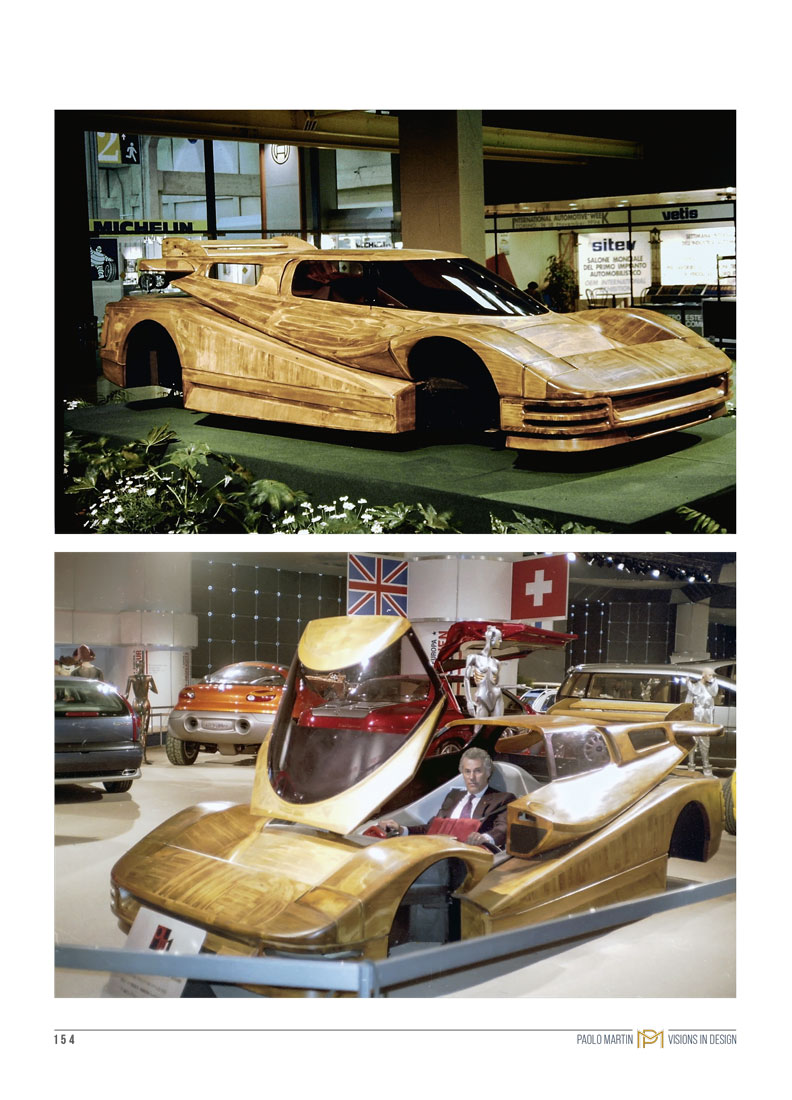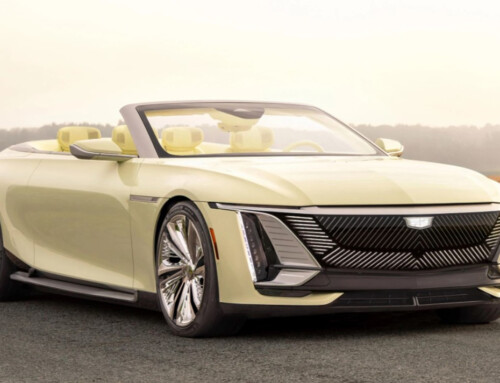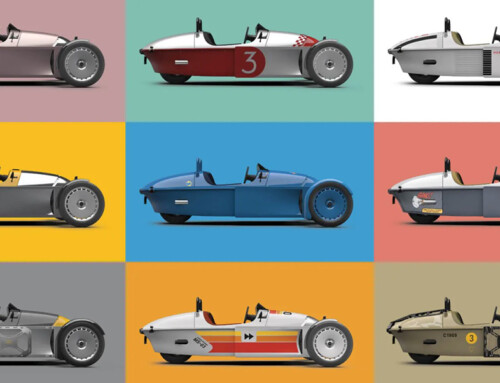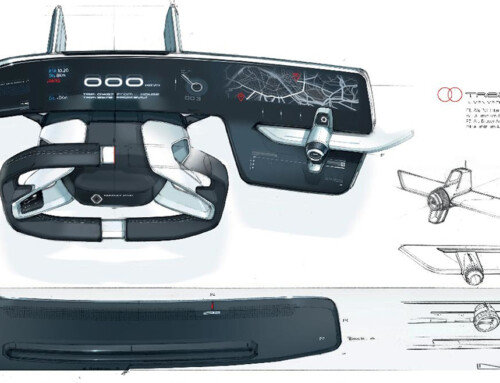Paolo Martin – Visions in Design
Publisher: Dalton Watson Fine Books
Author: Paolo Martin and Gautam Sen
Size: 30,4 x 21,9 cm, bound and hardback volume with dust jacket
Pages: 304 overall
Text: English
Photographs: 1.167 in color and b/w
Price: 135 euros
Paolo Martin, born in Turin in 1943 and one of the most eclectic designers of the Italian school, tells his story and his vision, or rather, his visions, in this volume co-written with the journalist and design expert Gautam Sen. Versatile creator, capable of interpreting the times with concrete style and an eye always focused on the future, Martin ranges from cars to motorcycles to boats and industrial design.
The volume, published by Dalton Watson in the Fine Books series, dedicates ample space to the stages of his automotive career with Giovanni Michelotti first and with Bertone and Pininfarina later, retraced through the most significant cars: the Fiat 130 and Lancia Beta Montecarlo or the Rolls-Royce Camargue, passing through the concept cars, including the 1967 Dino Berlinetta Competizione and the most famous of all, the futuristic Modulo of 1970 based on Ferrari 512.
The chronicle not forget the work with the Ghia studio, in the period in which it was controlled together with other Companies from the De Tomaso, and the definition of the style of Benelli and Moto Guzzi motorcycles (but also Gilera and Piaggio) in the 1970s and later, interspersed with work in the nautical field and the design of kitchen and dining furniture and accessories, medical equipment, building studies, glasses, watches, musical instruments and much more.
Everything is divided into twelve chapters which develop across over 300 pages completed by more than 1,160 photographs, sketches, drawings, including a lot of unpublished material. The volume closes with an epilogue, a summary of Paolo Martin’s work, written by Mariella Mengozzi, director of the National Automobile Museum of Turin who passed away a few months ago.

